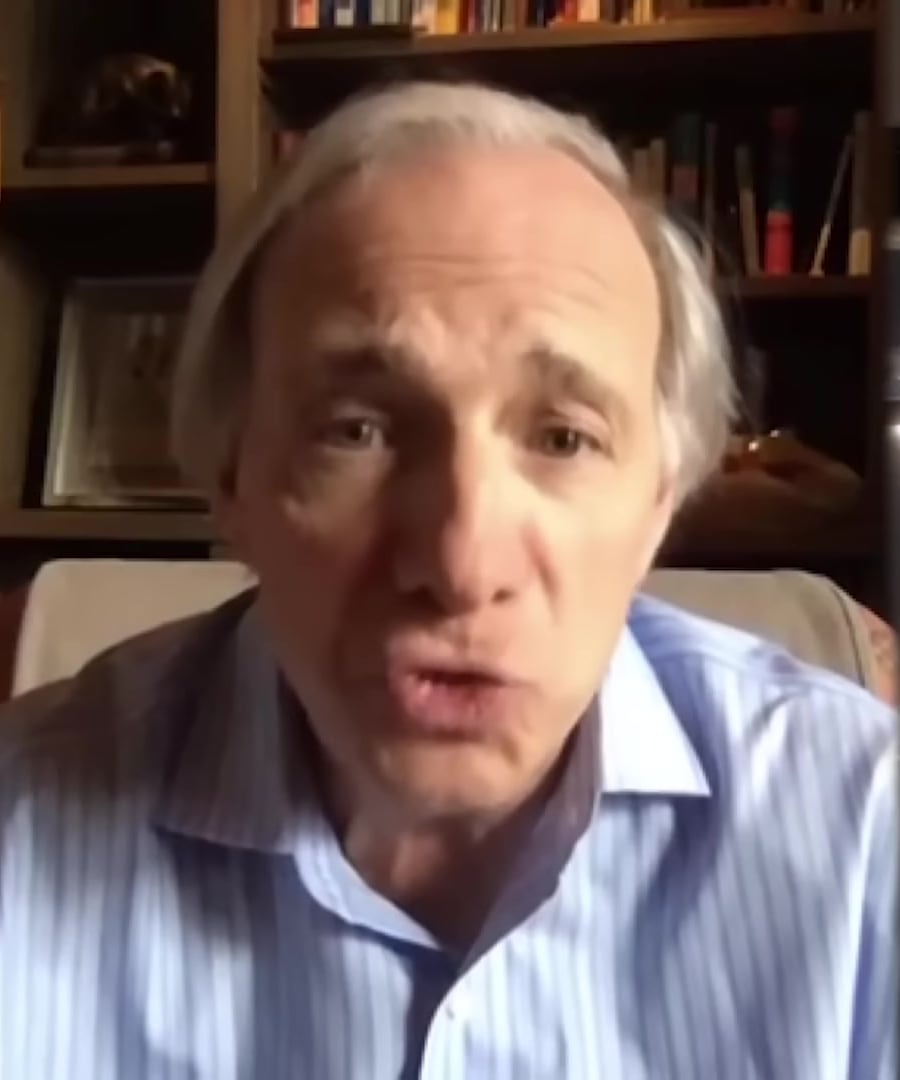Government printing money
Sources:
Government printing money, a controversial subject, involves significant implications for the economy.
1. How It Works:
- Source of Income: Governments primarily generate income through taxes. When expenses exceed tax revenue, they must find money elsewhere.
- Treasury Bonds: Governments borrow money via treasury bonds. If insufficient funds are raised, they can resort to the Federal Reserve (US context).
- Federal Reserve's Role: The Federal Reserve prints money, essentially creating digital money by increasing account numbers in a ledger, which it then loans to the government 1.
2. Consequences of Printing Money:
- Inflation: Injecting large sums of newly created money into the economy can lead to inflation. When more money chases the same number of goods, prices rise, decreasing money's value 2. This effect was notably amplified during the pandemic due to significant stimulus measures.
- Economic Inequality: Those who have assets tend to benefit more from inflation and monetary expansion, which can widen economic inequality 3.
3. Real-World Implications:
- Supporting the Economy: Governments may use printed money to finance economic support programs during crises, like the COVID-19 pandemic. This approach helps prevent bankruptcies but can exacerbate inflation 4.
4. Expert Opinions:
- Ray Dalio: Highlights the digital nature of money printing and its implications for value stability and support during crises 5.
- Jaspreet Singh: Emphasizes the hidden costs of money printing, mainly inflation, and questions the sustainability of this practice 4.
Summary: Money printing is a double-edged sword. While it provides immediate relief during economic crises and prevents bankruptcies, it carries risks like inflation and potential economic instability. The practice must be managed carefully to balance immediate economic needs with long-term financial health.
RELATED QUESTIONS




